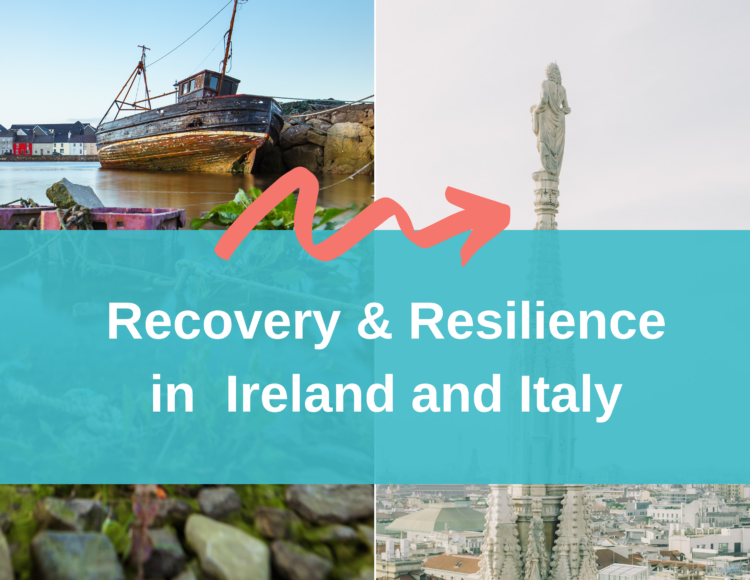As a follow up to our Comparative analysis of November 2021 on the Impact of the Recovery Plans on the social and affordable housing sector, 2 new country profiles are published each month. Now it is the turn of Ireland and Italy. Let’s see the highlights of these Plans below:
Italy
The estimated total cost of the recovery and resilience plan of Italy[1] is € 191 499 177 889 to be spent in the period 2021-2026. Out of these, 68.9 billion are grants.
The financial contribution allocated for Italy’s recovery and resilience is equal to the total amount of the financial contribution available for Italy.
The Plan is extending the measure “Superbonus 110%”[2] which has been active since 1 July 2020. Investments under the PNRR will allow for the renovation of about 50,000 buildings per year.
In terms of urban regeneration projects, a total budget of € 3.30 billion is allocated. Beneficiaries are municipalities with more than 15,000 inhabitants and the range of activities that can be financed is quite broad aimed at improvement and revitalization of urban areas.
In addition, the Housing quality innovation programme of € 2.8 billion reinforces with new funding allocation a pre-existing programme set up in 2019. The objective is to foster construction of new public housing and requalification of existing stock.
Finally, there are opportunities to finance student housing, to which € 0.96 billion is allocated.
Ireland
The Irish plan aims to address climate, biodiversity, and digitalisation challenges, in the context of transitioning to a more sustainable society.
Totally the Plan’s budget is just under €1 billion (including RRF and national funds). Ireland receives €989 million in grants under the RRF. For 2021, Ireland’s National Reform Programme is integrated in to the RRP.
The Irish plan is structured around three priority areas: advancing the green transition, accelerating and expanding digital reforms and transformation, and social and economic recovery and job creation. The plan proposes projects in all seven European flagship areas (16 investments and 9 reform commitments).
As for the relevant components where affordable housing investments are planned, they are the following:
- Component 1: ‘Advancing the green transition’ (€518 million)
- Component 3: ‘Social and Economic Recovery and Job Creation’ (€ 181 million)
Feel free to download the detailed country profiles for more details.
